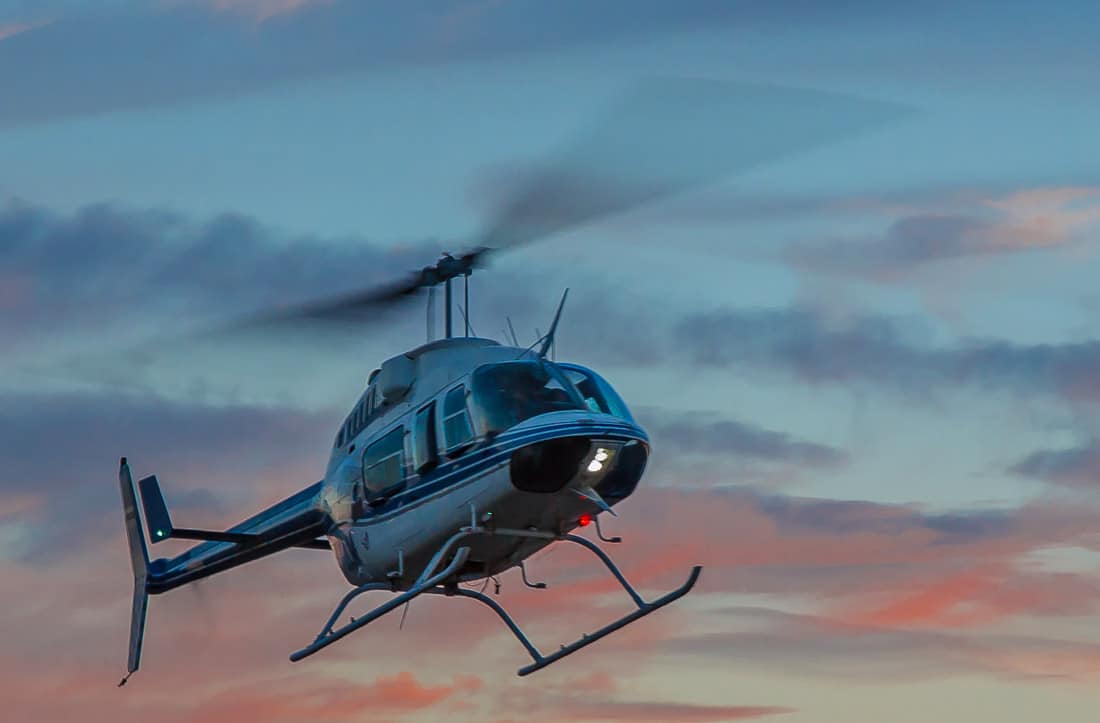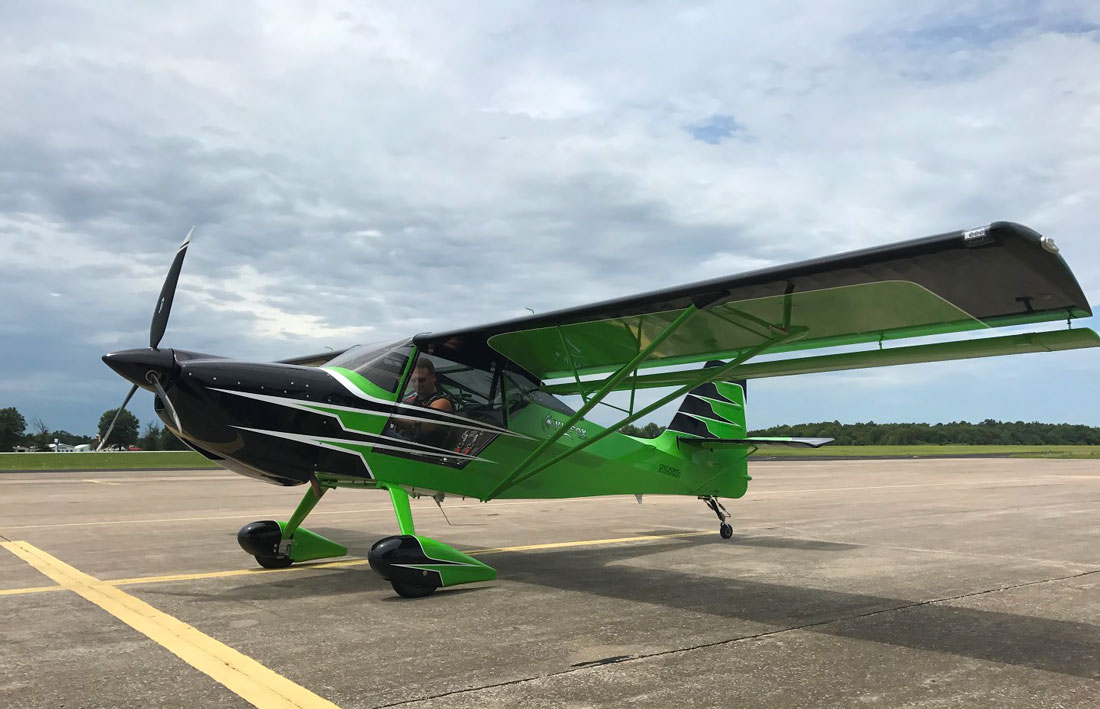Overall, there’s been a 27% decrease in the US helicopter accident rate compared to 2013.
The FAA has released their latest data on both the US helicopter accident rate and the fatal helicopter accident rate, which have now fallen for the third consecutive year.
FAA Administrator Michael Huerta says that the improved numbers are a result of the FAA and helicopter industry working together to better educate the civil helicopter community on safe practices. He added that “The FAA and the industry also are taking an active role in advancing safety through new technology, collaborative policy changes, and proactive outreach.”
US Helicopter Accident Rate and Fatal Accident Rate Numbers
The accident rate is calculated per 100,000 flight hours. The agency notes that though there is only a very slight decrease in the fatal accident rate from 2015, it’s down significantly, almost 43%, from 2013.
And overall, there’s been a 27% decrease in the number of accidents when compared to 2013,
| Year | Total Accidents |
Total Accident Rate |
Fatal Accidents |
Fatal Accident Rate |
|---|---|---|---|---|
| 2016 | 106 | 3.19 | 17 | 0.51 |
| 2015 | 121 | 3.67 | 17 | 0.52 |
| 2014 | 138 | 4.26 | 21 | 0.65 |
| 2013 | 146 | 4.95 | 30 | 1.02 |
More Details on the FAA’s Helicopter Safety Outreach
The FAA has been working with the helicopter industry through different groups such as the International Helicopter Safety Team and US Helicopter Safety Team in order prevent accidents. The agency said they’re finding success using the different measures:
- Creating a culture of workplace safety – The FAA has been encouraging companies and individual pilots to promote safety in the workplace, through different efforts such as putting in place systems where anyone can reprt an unsafe condition without fearing reprisal, involving all the employees in safety practices, and setting up training programs for mechanics, pilots, and other employees.
- Getting rid of red tape – After consulting with the industry, the FAA issued the NORSEE (Non-Required Safety Enhancing Equipment) policy in 2013, allowing operators and manufacturers to install safety equipment via a more streamlined, less expensive approval process.
- New technology – The FAA and industry have been working together on using technological advances to promote safer flying. As an example, the agency points to their mandate that ADS-B systems be installed in all US helicopters by January 1, 2020. This means that helicopters will be able to use the satellite-based ADS-B technology to access “three-dimensional information (latitude, longitude, altitude) about a helicopter’s position, along with information about its direction and size, without the geographic drawbacks posed by radar.“
- Collaborative rulemaking – Industry representatives have been working with the FAA to ensure that newly manufactured helicopters are better able to prevent injuries, post-crash fires and catastrophic damage from bird strikes. In 2014, the FAA also required that part 135 commercial helicopter operators, which include air ambulances and air taxis, have stricter flight rules and procedures, better communication, additional training, and more on-board safety equipment.
- FAA International Rotorcraft Safety conference – For the past two years, the agency has hosted a three-day conference that covers a variety of safety topics, and includes presentations on decision making, fatigue, safe autorotations, protective equipment, a culture of safety, and first-person experiences.















Leave a Reply